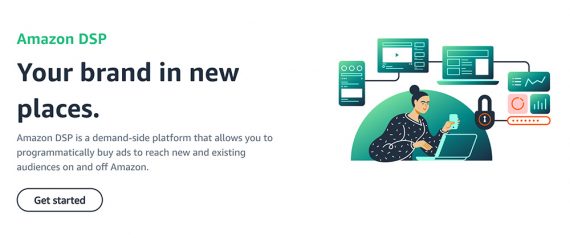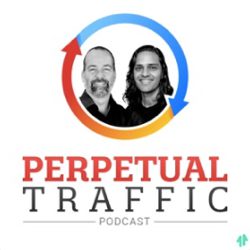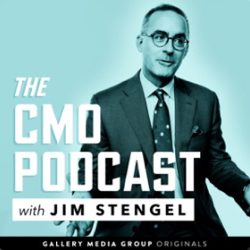Demand-side Platforms Automate Ecommerce Ads
When the competition for popular keywords on Google Ads and Meta Ads reaches a feverish pitch, marketers can turn to other platforms to find pay-per-performance value.
Advertising is a crucial component of ecommerce marketing. Frequently the ads are pay-per-click, pay-per-impression banners, and similar. This is where demand-side platforms come in.
Demand-side Platforms
A DSP enables marketers to purchase advertising space across various digital media, including websites, mobile applications, streaming video, digital out-of-home billboards and screens, and streaming audio.
DSPs automate the process of buying and optimizing online, mobile, and streaming advertising, making it possible for ecommerce advertisers to reach specific audiences with relevant ads. This includes detailed audience targeting that is often based on both demographic and psychographic audience data. All of this complies with the European Union’s General Data Protection Regulation and the California Consumer Privacy Act of 2018.
While some might argue that Google Ads and Meta Ads are more appropriately described as ad networks and refrain from calling them DSPs, both platforms meet the DSP definition and provide an excellent analogy for how all DSPs function. In this way, the marketing teams at retailers, ecommerce shops, and direct-to-consumer brands are already very familiar with how to use and work with a DSP.
Why Use DSPs?
DSPs work by connecting to multiple ad exchanges and real-time bidding systems, allowing advertisers to bid on ad space in real-time — similar to using Google Ads or Meta Ads.
DSPs can help some online brands reach potential customers at the right time and place, producing the targeting and conversion opportunities many ecommerce companies are accustomed to with Google and Meta.
If an ecommerce marketer is looking to get started with DSPs, there are a number of options, including:




Amazon DSP is one of several examples of effective advertising platforms for ecommerce businesses.
Adding DSPs
DSPs are potentially a powerful tool for ecommerce businesses.
If a business is already enjoying excellent returns on Google Ads and Meta Ads, it might not make sense to look further. But when competition for audiences or keyword phrases is high, an advertiser could reach a similar audience through a DSP.



















